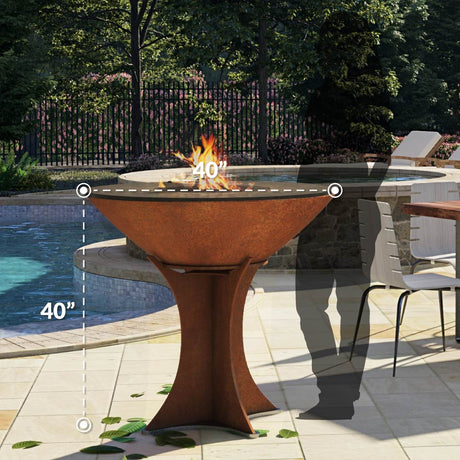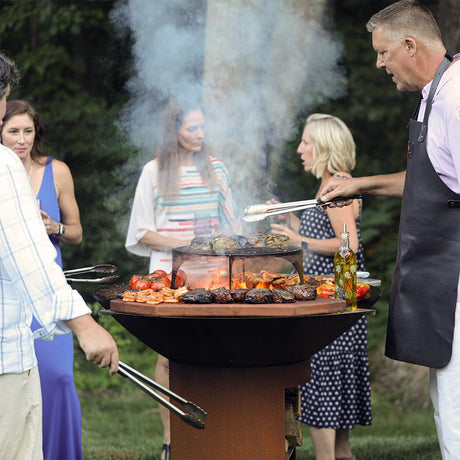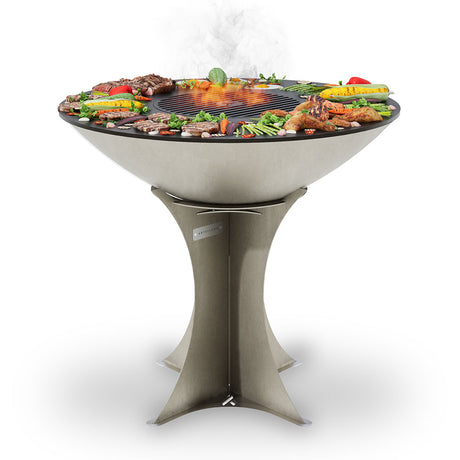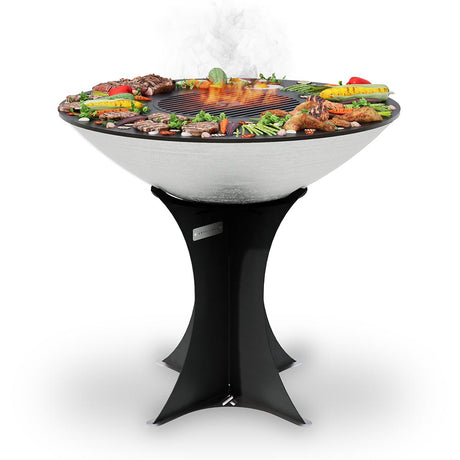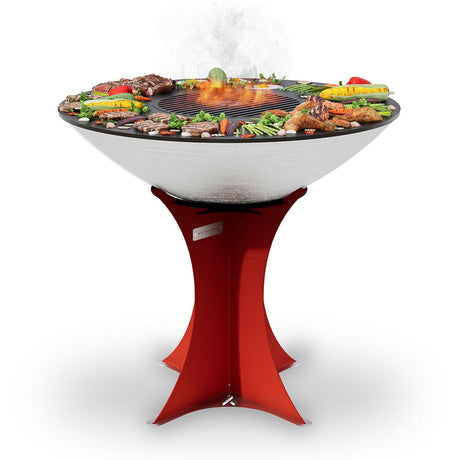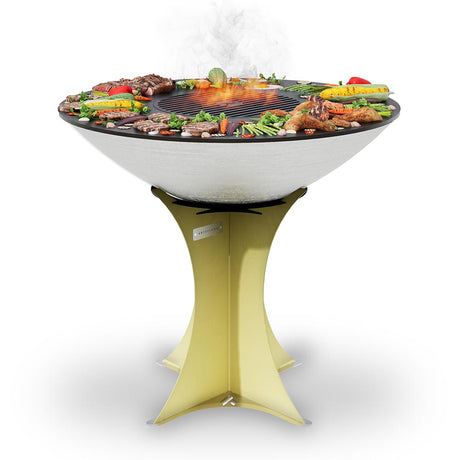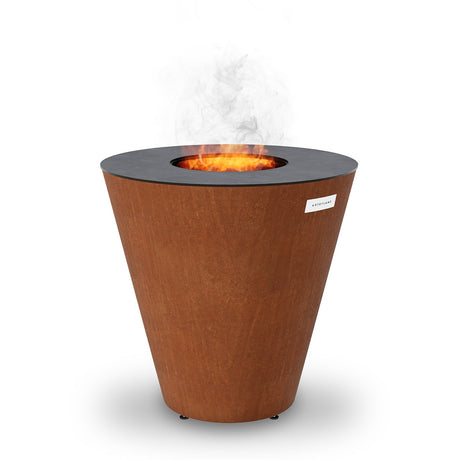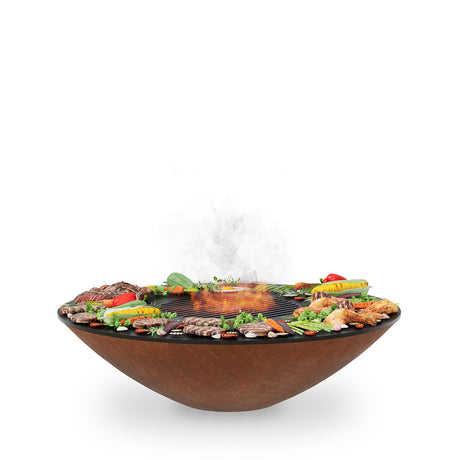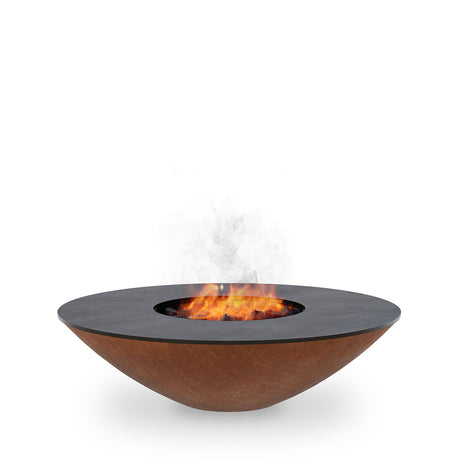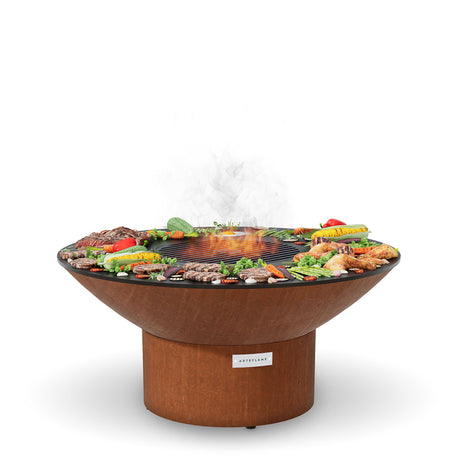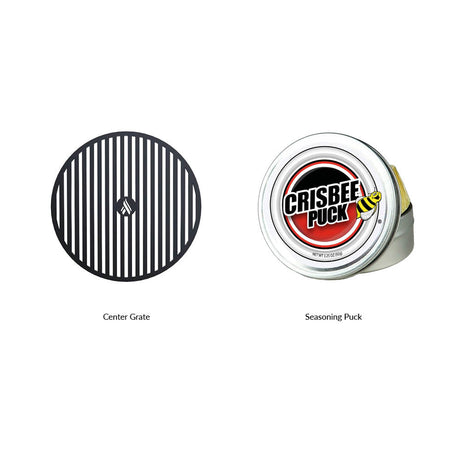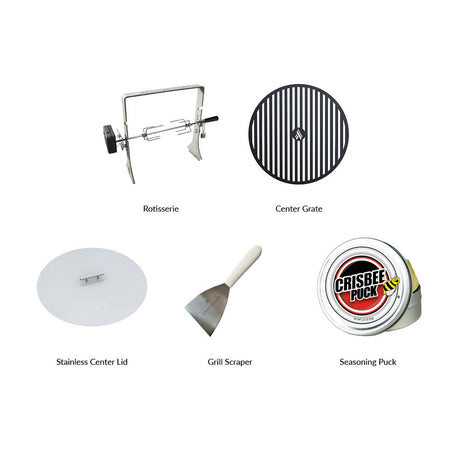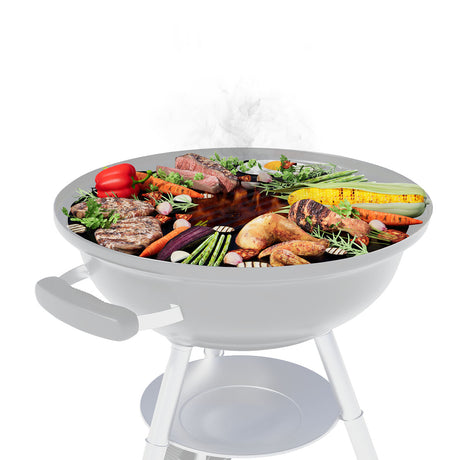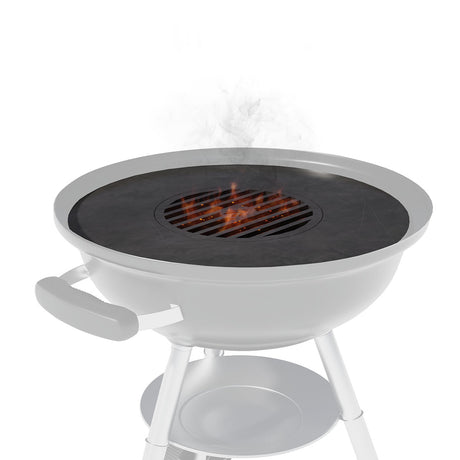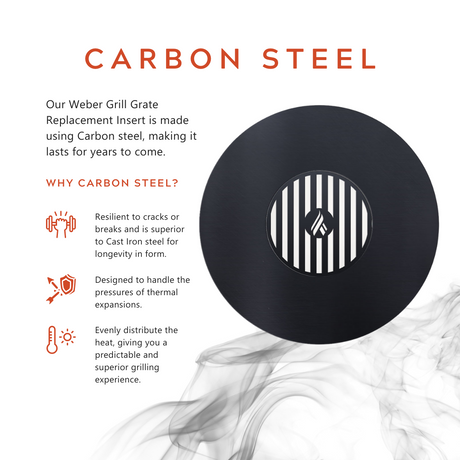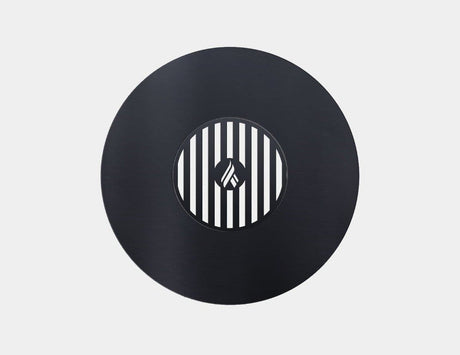Pork Cuts Guide
Just like beef, pork is divided into various cuts, each with its unique flavor, texture, and ideal cooking methods. Here’s a detailed guide to common pork cuts:
1. Pork Shoulder (Boston Butt)
- Location: Upper shoulder of the pig
- Best for: Slow-cooking, braising, smoking
- Popular cuts: Pork shoulder roast, Boston butt, pulled pork
- Characteristics: Tough but flavorful, with a good amount of fat that renders down during slow cooking, making it tender and juicy.
2. Pork Loin
- Location: Back of the pig, from the shoulder to the leg
- Best for: Roasting, grilling, pan-searing
- Popular cuts: Pork chops, pork loin roast, center-cut chops
- Characteristics: Lean and tender, with a mild flavor. Pork loin is versatile and cooks quickly, but can dry out if overcooked.
3. Pork Tenderloin
- Location: Inside the loin, running along the backbone
- Best for: Grilling, roasting, pan-searing
- Popular cuts: Whole pork tenderloin
- Characteristics: The most tender cut of pork, very lean with a mild flavor. It cooks quickly and benefits from marinades or rubs to add flavor.
4. Pork Belly
- Location: Lower belly of the pig
- Best for: Braising, roasting, frying
- Popular cuts: Bacon, pancetta, pork belly slices
- Characteristics: Rich and fatty, pork belly is prized for its melt-in-your-mouth texture when slow-cooked, and its crispy crackling when roasted.
5. Pork Ribs
- Location: Ribcage area
- Best for: Grilling, smoking, slow-cooking
- Popular cuts: Baby back ribs, spare ribs, St. Louis-style ribs
- Characteristics: Rich in flavor and tenderness when cooked low and slow. Baby back ribs are more tender, while spare ribs are meatier.
6. Pork Chops
- Location: Loin section (close to the backbone)
- Best for: Grilling, pan-searing, broiling
- Popular cuts: Bone-in pork chops, boneless pork chops
- Characteristics: Tender and lean, pork chops are quick to cook but can dry out if overcooked. Bone-in chops tend to be juicier.
7. Ham
- Location: Back leg of the pig
- Best for: Roasting, smoking, curing
- Popular cuts: Whole ham, ham hocks, cured ham
- Characteristics: Lean and flavorful, ham is often cured or smoked for extra flavor. Ham hocks are great for soups and stews.
8. Pork Leg
- Location: Rear leg of the pig
- Best for: Roasting, slow-cooking
- Popular cuts: Leg roast, fresh ham, picnic roast
- Characteristics: Leaner than the shoulder, pork leg can be tender when roasted or slow-cooked but benefits from being cooked with moisture to avoid drying out.
9. Pork Shank
- Location: Lower part of the leg
- Best for: Braising, slow-cooking
- Popular cuts: Pork shank (hocks)
- Characteristics: Tough but flavorful, pork shanks become tender when cooked slowly. They're often used in soups and stews.
Conclusion
Knowing the different pork cuts and how to cook them ensures that every meal you prepare is flavorful and tender. Whether you're grilling pork chops, slow-cooking a pork shoulder, or roasting a tenderloin, choosing the right cut and cooking it with care will bring out the best in every dish. Each cut has its unique properties, and with the right method, you can make the most of any pork dish.



